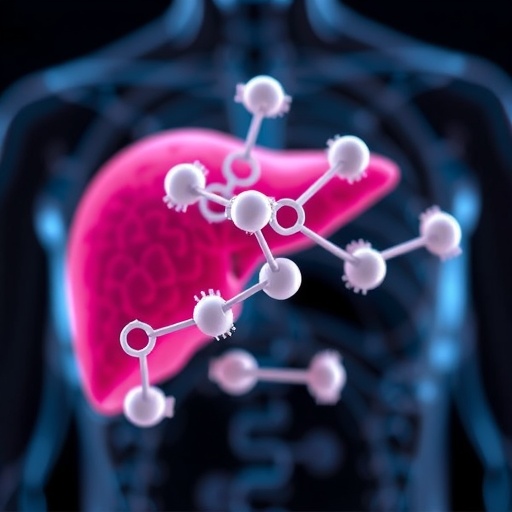Plant-derived silencing RNAs inhibit HBsAg expression in mice
“Green revolution” in the early 1950s, the extensive cultivation of Dwarf Rice solves the food problem in developing countries. At present, chronic infection with hepatitis B virus (HBV) has been a major public health problem. According to the announcement from World Health Organization (WHO), an estimated 257 million people are chronically infected with hepatitis B. Recent studies have shown that the expression level of hepatitis B virus surface antigen gene (HBsAg) is correlated with the occurrence of HCC or fibrosis severity in transgenic mice and HBV infection patients, therefore, HBsAg becomes a rising target for drug design for the treatment of hepatitis B.
In a study recently published in Biomaterials, Dr. Zhi Hong and Dr. Chen-Yu Zhang from Nanjing University and the collaborators report that the small silencing RNA sequences against HBsAg generated in edible lettuce (Lactuca sativa L.) can specifically bind and inhibit gene expression in p21-HBsAg knock-in transgenic mice at a relatively low amount when compared to synthetic siRNAs. More importantly, continuous administration of amiRNA-containing decoction relieves the liver injury in transgenic mice without extra negative effects even after 15-month treatment.
This work utilizes the plant endogenous microRNA biogenesis machinery to produce methylated short interfering sequences for increasing the stability of target siRNAs while reducing the cost of production. Therefore, this work not only provide an affordable treatment strategy for chronic hepatitis B patients in developing countries, but also reduces the required dose of RNAi drugs to minimize the potential side effects of RNAi therapy and allow the administration for a relatively long period or in conjunction with other antiviral drugs.
To those patients in immune-tolerant phase or resistant to conventional antivirus treatment, this RNAi-based therapy may effectively reduce their risk of liver injury by daily consumption of vegetable decoction containing HBsAg silencing RNAs.
If we take a long view, this method may also be applicable to the treatment of hepatitis C or other infectious diseases due to the effective, less toxic and financially viable strategy to produce short interfering sequences using engineered plants. It can be predicted that plant derived siRNAs will bring a “green revolution” in RNAi tools and therapeutics.
When we look back, the Green Revolution has brought us a richer food supply. At the same time, we should also know that the daily food is also changing ourselves, in which the small RNAs we take from food may play an important role.
###
The researchers of this project include Shuo Zhang1, †, Xiaolin Sang1, †, Dongxia Hou1, †, Jinmei Chen1, Hongwei Gu1, Yujing Zhang1, Jing Li1, Darong Yang2, Haizhen Zhu2, Xiao Yang3, Fangyu Wang1,4, Chunni Zhang1,5, Xi Chen1, Ke Zen1, Chen-Yu Zhang1 & Zhi Hong1 of 1State Key Laboratory of Pharmaceutical Biotechnology, NJU Advanced Institute for Life Sciences (NAILS), School of Life Sciences, Nanjing University, 163 Xianlin Road, Nanjing, Jiangsu 210046, China; 2Department of Molecular Medicine of College of Biology, State Key Laboratory of Chemo/Biosensing and Chemometrics, Hunan University, Changsha, China Research Center of Cancer Prevention and Treatment, Translational Medicine Research Center of Liver Cancer, Hunan Provincial Tumor Hospital (Affiliated Tumor Hospital of Xiangya Medical School of Central South University), Changsha 410022, China; 3State Key Laboratory of Proteomics, Beijing Proteome Research Center, National Center for Protein Sciences (Beijing), Beijing Institute of Lifeomics, Beijing 102206, China; 4Department of Gastroenterology and Hepatology, Jinling Hospital, School of Medicine, Nanjing University, Nanjing 210002, China; 5Department of Clinical Laboratory, Jinling Hospital, School of Life Sciences, Nanjing University, Nanjing 210002, China
This work was supported by grants from the National Key Research and Development Program of China (2018YFA0507101) and the National Basic Research Programme of China (973 Program; 2014CB542300).
Author contact:
Chen-Yu Zhang: Tel: +86-25-89680245; E-mail: [email protected]
Zhi Hong: Tel: +86-25-89681282; E-mail: [email protected]
Media Contact
Drs. Chenyu Zhang and Zhi Hong
[email protected]
http://dx.




